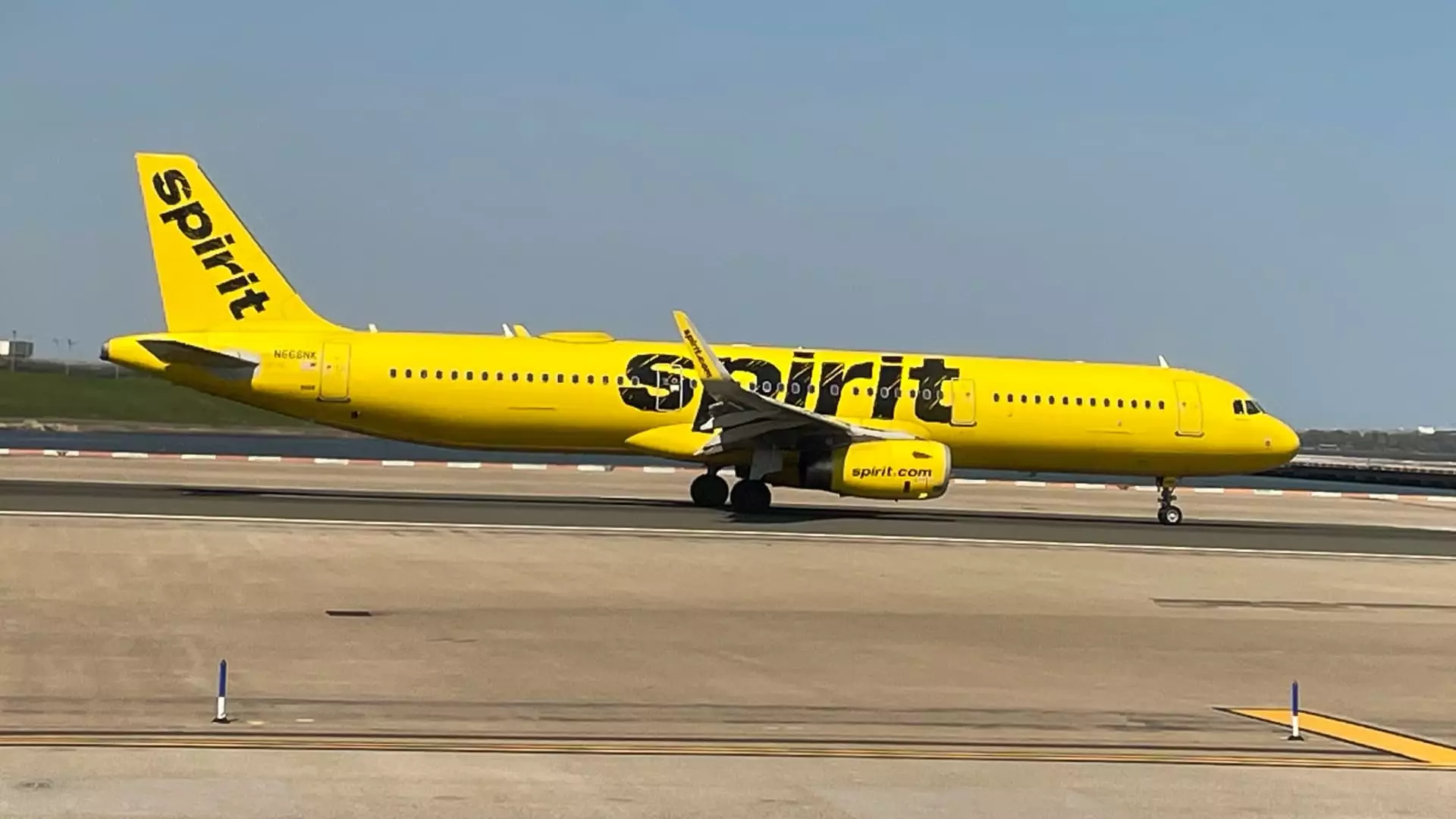Spirit Airlines, a budget carrier in the United States, has faced numerous challenges in recent times that have taken a toll on its financial performance. However, its CEO remains optimistic about the company’s future, citing improvements in the domestic air travel market. This article explores the struggles faced by Spirit Airlines and the measures the airline is undertaking to regain profitability.
The past year has been tumultuous for Spirit Airlines, with a fourth-quarter loss of nearly $184 million. This loss can be attributed to several factors, including a decline in domestic fares, grounded aircraft due to Pratt & Whitney engine issues, and a failed acquisition attempt by JetBlue Airways. The failed merger, in particular, has had severe repercussions for Spirit Airlines, leading to a significant decline in its stock value. As a result, concerns have been raised about the airline’s financial stability, with suggestions of debt restructuring or even liquidation.
In response to its financial challenges, Spirit Airlines has been aggressively seeking ways to reduce costs. One of its strategies has been adjusting its network and delivery schedule of aircraft. By making these adjustments, the airline aims to drive cash flow generation and ultimately regain profitability. Additionally, Spirit Airlines is closely monitoring its debt maturities in 2025 and 2026, exploring various options to address these maturities at an appropriate time.
Despite its efforts to cut costs, Spirit Airlines expects to continue experiencing losses in the first quarter of the year. However, the airline’s revenue projections for this period are higher than analysts’ expectations, with an estimated range between $1.25 billion and $1.28 billion. While this may offer some optimism, it is crucial for Spirit Airlines to effectively implement its cost-cutting measures throughout the year to drive sustained financial recovery.
When comparing Spirit Airlines’ fourth-quarter results to Wall Street expectations, there were some positive signs. The airline reported an adjusted loss per share of $1.36, slightly better than the expected $1.46. Total revenue remained in line with expectations at $1.32 billion. Although the airline’s net loss decreased compared to the previous year, revenue still experienced a 5% decline to $1.32 billion.
Impact of Weaker Domestic Airfares
The decline in domestic airfares has significantly affected budget airlines like Spirit Airlines, as they primarily operate within the United States. The increased capacity in the market has led to fare discounts, especially during off-peak periods. As a result, Spirit Airlines saw a 25% decrease in fare revenue per passenger in the fourth quarter. Additionally, the airline’s nonticket revenue per passenger, which includes various fees, dropped 6.6% to $66.60.
One of the major challenges faced by Spirit Airlines is the grounding of aircraft due to Pratt & Whitney engine issues. The airline expects to have an average of 25 Airbus planes grounded throughout the year, reaching a peak of 40 grounded planes in December. Despite these disruptions, Spirit Airlines remains committed to expanding its fleet and plans for capacity to be either flat or slightly increased compared to the previous year.
Spirit Airlines’ journey towards financial recovery has been marred by various obstacles, including declining domestic fares, aircraft groundings, and failed merger attempts. However, the airline is actively pursuing strategies to reduce costs and improve its financial outlook. As Spirit Airlines moves forward, it will be crucial for the company to effectively implement its cost-cutting measures, monitor debt maturities, and adapt to the changing dynamics of the domestic air travel market. Only through these efforts can Spirit Airlines hope to return to profitability and secure its long-term success.

Leave a Reply